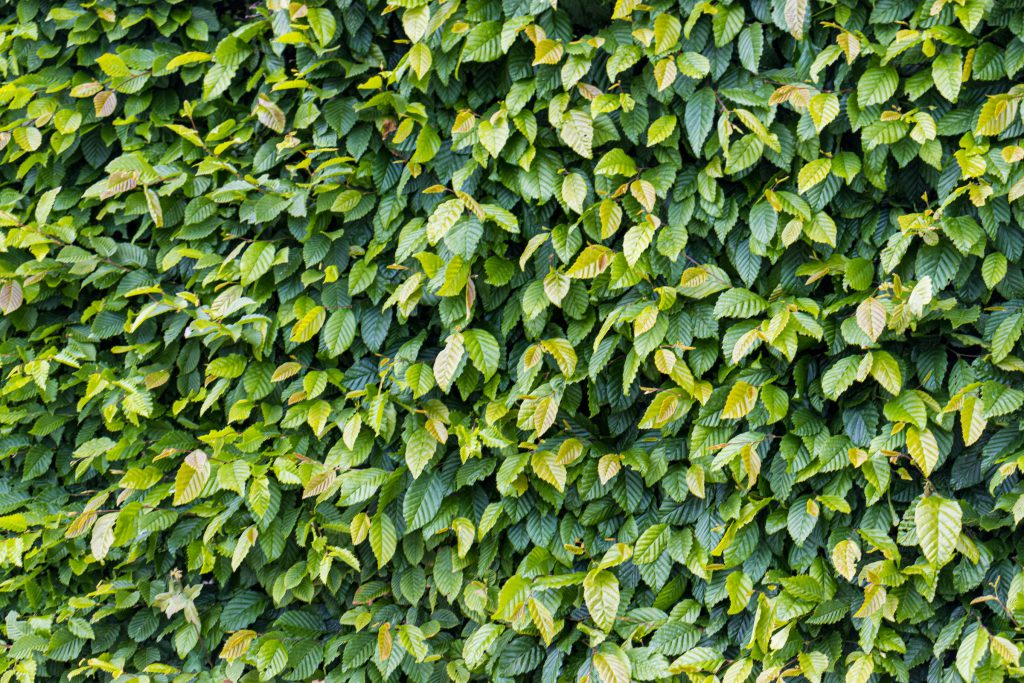In the heart of Belgium, the rhythmic sounds of hedge trimming have become a familiar tune. However, many might be surprised to learn that there are now specific times when one can trim their hedges. This regulation, primarily aimed at protecting nesting birds, has brought about a significant change in garden maintenance practices.

The rationale behind the regulation
Gardening, while therapeutic and beautifying, can inadvertently pose threats to local fauna and flora. One such activity that has come under scrutiny is hedge trimming. The primary reason for this is to protect the birds during their nesting season. Late spring and summer are peak reproductive periods for many bird species, including the common blackbirds, robins, sparrows, and finches. Trimming hedges during this time can destroy nests, displacing both parent birds and their fledglings. To prevent such disruptions, it’s advised to refrain from trimming trees and hedges from April 1st to August 15th.
Regional regulations: A closer look
While the general recommendation is clear, specific regulations vary across Belgium’s regions:
– Brussels Region: Hedge trimming and tree pruning are currently prohibited. This strict stance ensures the safety of the bird population in this densely populated area.
– Wallonia: The regulations are not as stringent for the general public. However, farmers are mandated to avoid hedge and tree trimming from April 1st to July 31st. This regulation, effective since June 2018, underscores the crucial role farmers play in preserving and protecting local biodiversity.
– Flanders: During the nesting season, only maintenance trimming is allowed. Any significant alterations to the natural landscape require a formal request to the local municipal house by the property owner.
Best practices for hedge trimming
Beyond legal stipulations, it’s essential to understand the best times to trim your hedge for its health. It’s widely recommended to trim hedges just before the sap rises, typically in November and December. Trimming during this period ensures that the hedge remains healthy and robust, ready to face the challenges of the upcoming seasons.
Conclusion: Balancing aesthetics and ecology
Gardening and landscaping are not just about beautifying our surroundings. They also play a pivotal role in maintaining the delicate balance of our local ecosystems. By adhering to the hedge trimming regulations and understanding the rationale behind them, we not only contribute to a more vibrant garden but also to a richer and more diverse environment.
As Belgium continues to evolve its gardening practices in harmony with nature, it sets a precedent for other countries to follow. After all, in the dance between man and nature, both partners must be in sync for the performance to be truly spectacular.

 Open Immovlan
Open Immovlan